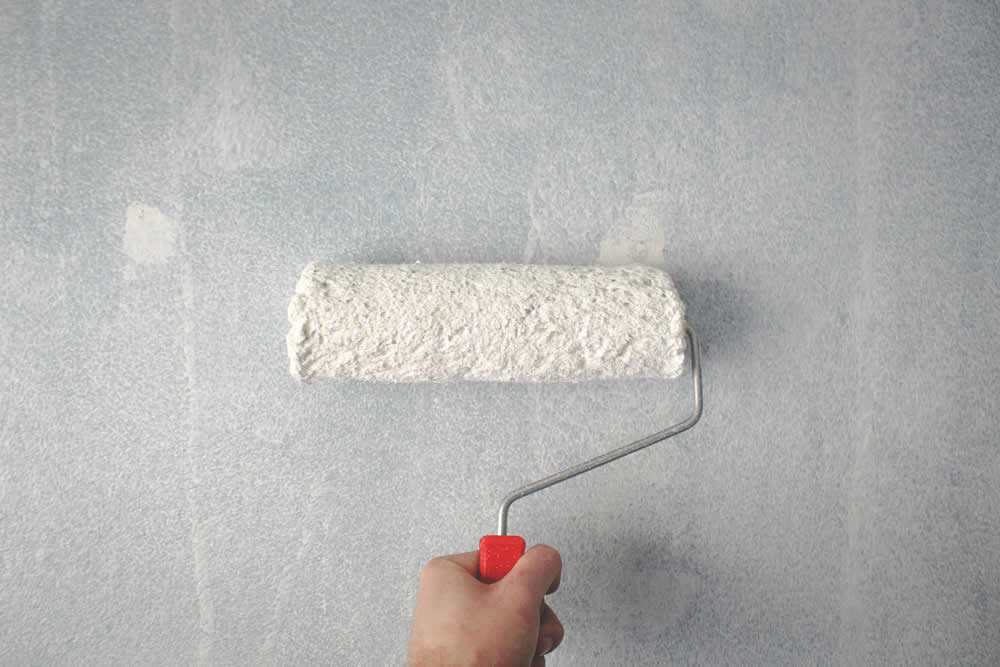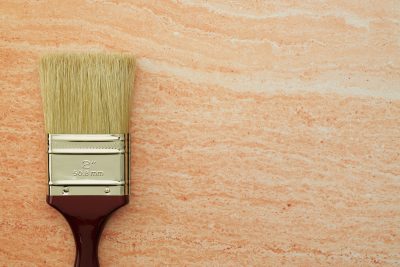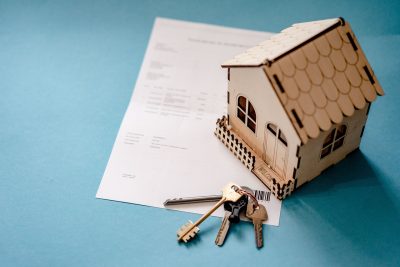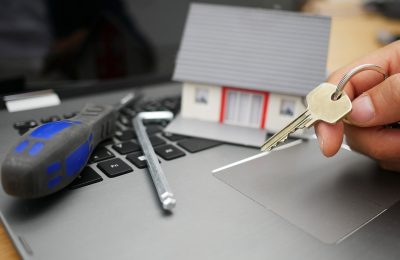The proposed Housing (Scotland) Bill that has been put forward to the Scottish Parliament introduces several amendments which affect private rented tenancies. One of the changes the Bill proposes relates to the tenant’s right to personalise the property. Section 30 of the Bill outlines the two amendments relating to greater flexibility for the tenant to personalise their home.
The proposed amendments
The first of these changes allows the tenant to make minor modifications to the property without the landlord’s consent. These changes could include putting up paintings or posters on the wall, as well as other temporary changes that allow for the property to easily be reverted back to its prior state come the end of the tenancy. The tenant would not be required to get the landlord’s permission and the landlord cannot deny the tenant the right to make these changes.
The second amendment allows the tenant the right to make larger changes to the property with the landlord’s permission, however the landlord cannot unreasonably deny the alterations. Larger changes could include repainting or changing the wallpaper on the walls, or getting new carpets installed. Under these changes, the tenant would be given the freedom to alter the property in these ways, but must first seek permission from the landlord. The tenant should do so in writing, and only after a minimum of six months from their tenancy start date. The landlord’s response should also be in writing. This is so that should there be a deposit claim from the landlord at the end of the tenancy that the tenant wishes to dispute, written evidence can be provided.
Without good reason, the landlord should not decline the tenant’s request, however there are certain scenarios where the landlord may have good reason to do so. Many landlords will want the property to look the same when a new tenant moves in as it did for the tenant before them, and landlords who own multiple properties may want to keep some consistency between properties. There are instances too where a tenant wishes to make a change to the property – repainting or changing wallpaper for example – where it is entirely impossible to revert this change come the end of the tenancy due to the replaced item no longer being manufactured. Additionally, the landlord may refuse an alteration that would put them in non-compliance with other regulations, including the repairing standard.
It is hoped that while there are still some restrictions landlords can impose, these changes will make it easier for tenants to personalise the property they are living in and make their rented property feel more like somewhere they can call home. This is especially relevant for longer-term tenancies where a tenant may be more likely to settle down in a property that better reflects themselves. This is also expected to have a positive influence on the mental health of tenants.
Redecoration and deposits
For tenancy deposit scheme SafeDeposits Scotland, redecoration is one of the six heads of claim that landlords can claim part or all of the tenant’s deposit under at the end of the tenancy, should the tenant breach the tenancy agreement. Positions on redecoration in the property will differ between landlords, where some might be more open to the tenant customising the property than others. The tenancy agreement should outline the degree to which redecoration is okay, and the tenant should refer to this when personalising the property to ensure they do not breach the agreement.
Redecoration cases involve not only instances where the tenant has redecorated the property, but also those where the landlord has to redecorate themselves, such as having to paint over parts of the wall where a previous mould issue may have caused damage. In the last financial year, 26% of formal deposit disputes handled by SafeDeposits Scotland involved redecoration with an average claim amount of £284.











